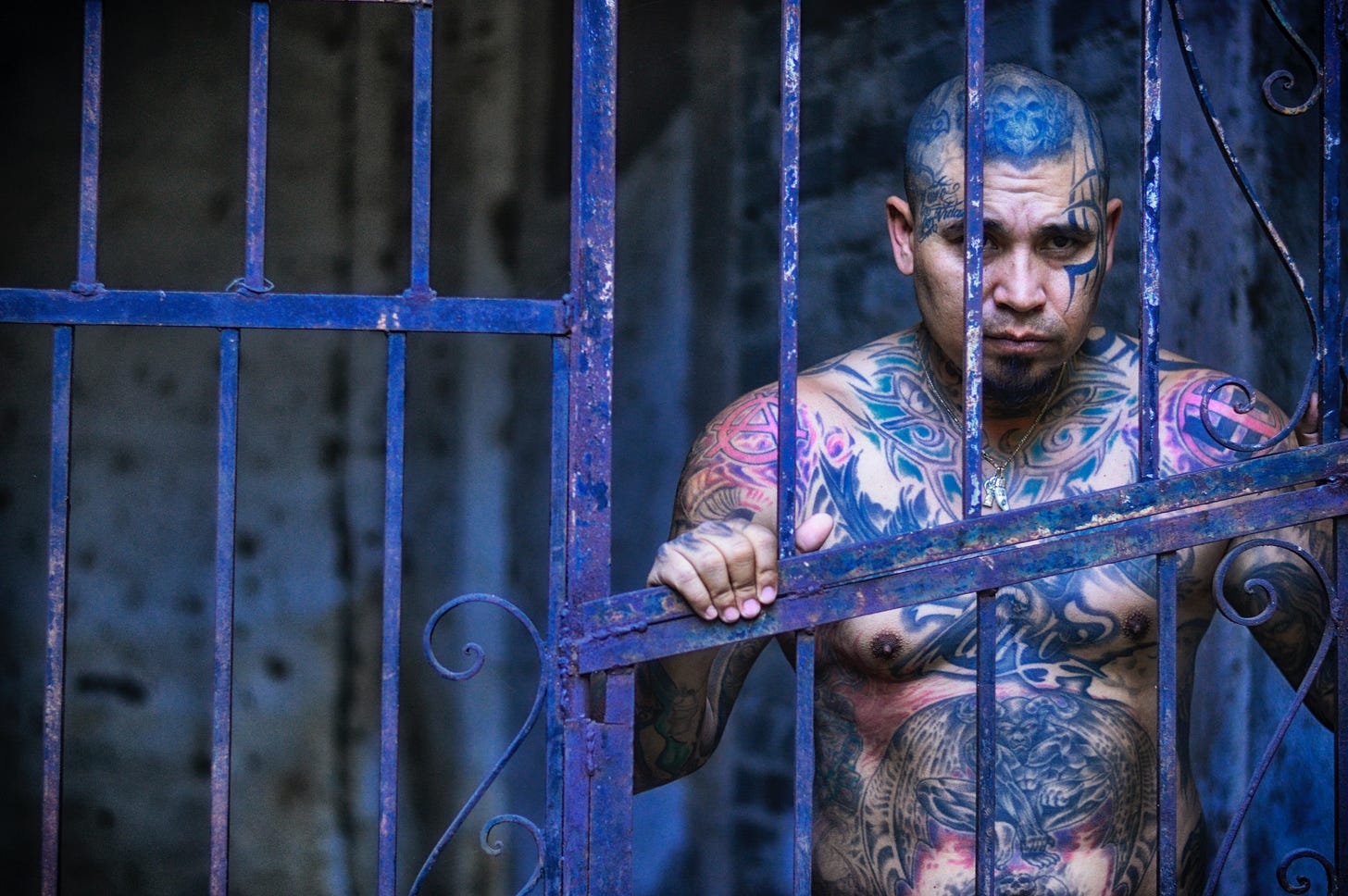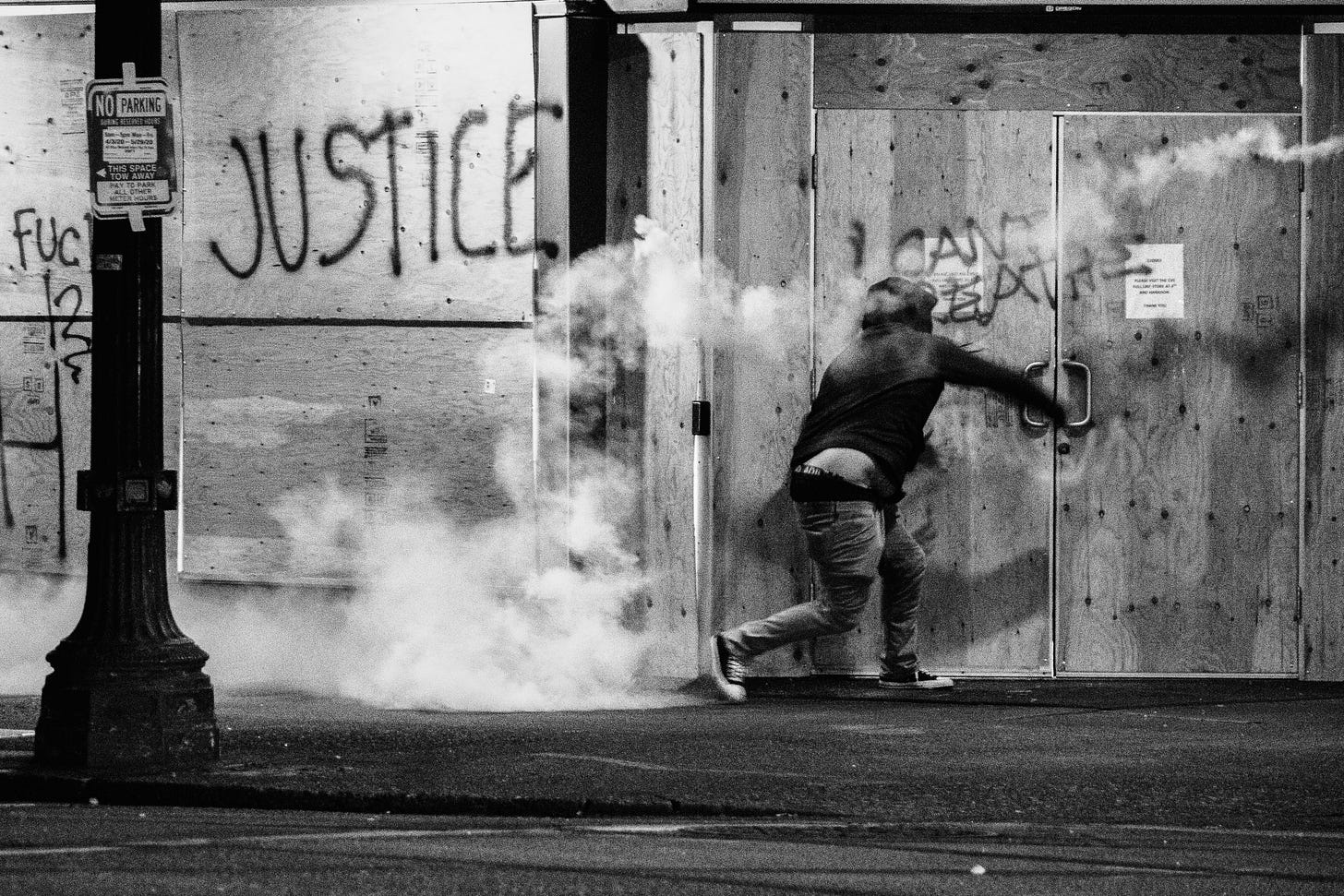Is the Canadian prison system broken?
A grossly expensive, poorly policed "revolving door." Short answer? Yes.
The consensus on Canadian prisons is this: indigenous peoples are massively overrepresented and second only to that, recidivism is high. Experts agree: our future lies in a system which handles people individually. One focused on restorative justice as well as closing our systems gaps.
Doug King, is a Professor of Justice Studies at MRU. He expressed his concern at the disproportionate number of indigenous people currently in the Federal and provincial prison system. This despite the fact, he says, that this has been an acknowledged problem for 30 years.
Think about that. 30 years.
Statistics, King says, (among other things) are a problem. “…there’s no doubt that some of the factors that play into this are that indigenous populations tend to be younger and crime is predominantly a young male activity…”
As we dig deeper into the issue it’s also clear that poverty has a significant part to play as well.
Given that indigenous people are less likely to have lawyers they’re more likely to plead guilty. They also don’t get paroled as fast for the same reason.
Regarding the rate of recidivism King described the ideal approach under the federal system: “If the offender is brought into rehabilitation and treatment, this really can be extraordinarily effective in reducing recidivism.”
And while some might take a tough on crime approach, King says that studies have shown that recidivism is much less if this is avoided and the offender goes through a community corrections process.
Additionally, the most recent numbers show recidivism to be staggeringly high. A report from the Ontario ministry of the the solicitor general showed recidivism rates as being as high as 37 per cent in 2016.
Our numbers have improved somewhat since the early oughts when they peaked at 55.2 per cent. Having said that, these numbers make it clear: we’ve had fifteen years to improve this and we’re not making enough consistent progress.
To add to the growing list of concerning defects, we have poor policing. Kacey BaSalle was briefly arrested and incarcerated for mischief. While in custody BaSalle was made to sign legal documents detailing his probation. What’s concerning is that BaSalle was so inebriated at the time of signing that he did not remember or understand his probation.
As BaSalle put it: “I didn't really know what I'd signed because I was still pretty inebriated. I fell down my stairs. That's how drunk I was when I got home.”
Leaving aside this legally dubious practice, what’s even more concerning about the situation is BaSalle’s re-offence and re-incarceration.
“…For example to incarcerate a male offender in the federal system in Canada costs $120,000 a year.”
Because of the way and the time police chose to communicate with him, BaSalle broke probation again. “the reason I got tanked the second time was because, I kept breaking the probation, which I didn't understand was going on because I signed that and was told it all and I don't remember. I'll be completely transparent…”
Of course, the concern arises that if police are unable to process one person properly in such a low stakes environment, how are they performing in bigger ones?
As far as what we’re doing that other nations could learn from, professor King was pretty clear that almost every thing that Canadian prisons do is better than what’s happening in the US. Mostly due to lack of funding. King also mentioned rehabilitation as something the US might learn from Canada.
Looking to the future, professor King had a number of thoughts: “Increasingly, what we're starting to see in Canada is less reliance on incarceration for a number of reasons. One is, it is extraordinarily costly. For example to incarcerate a male offender in the federal system in Canada costs $120,000 a year.”
Obviously there are people who need to be incarcerated, but for minor offences and even medium ones, we have to ask: does this make sense?
“ …And we can be more effective at rehabilitation if it's outside of the prison environment. All the research shows that if we were to invest more in things like drug treatment, integrated courts, restorative justice measures to the community and things like that it would be better for the victim, it would be better for the offender and it would be better for budgets…”








